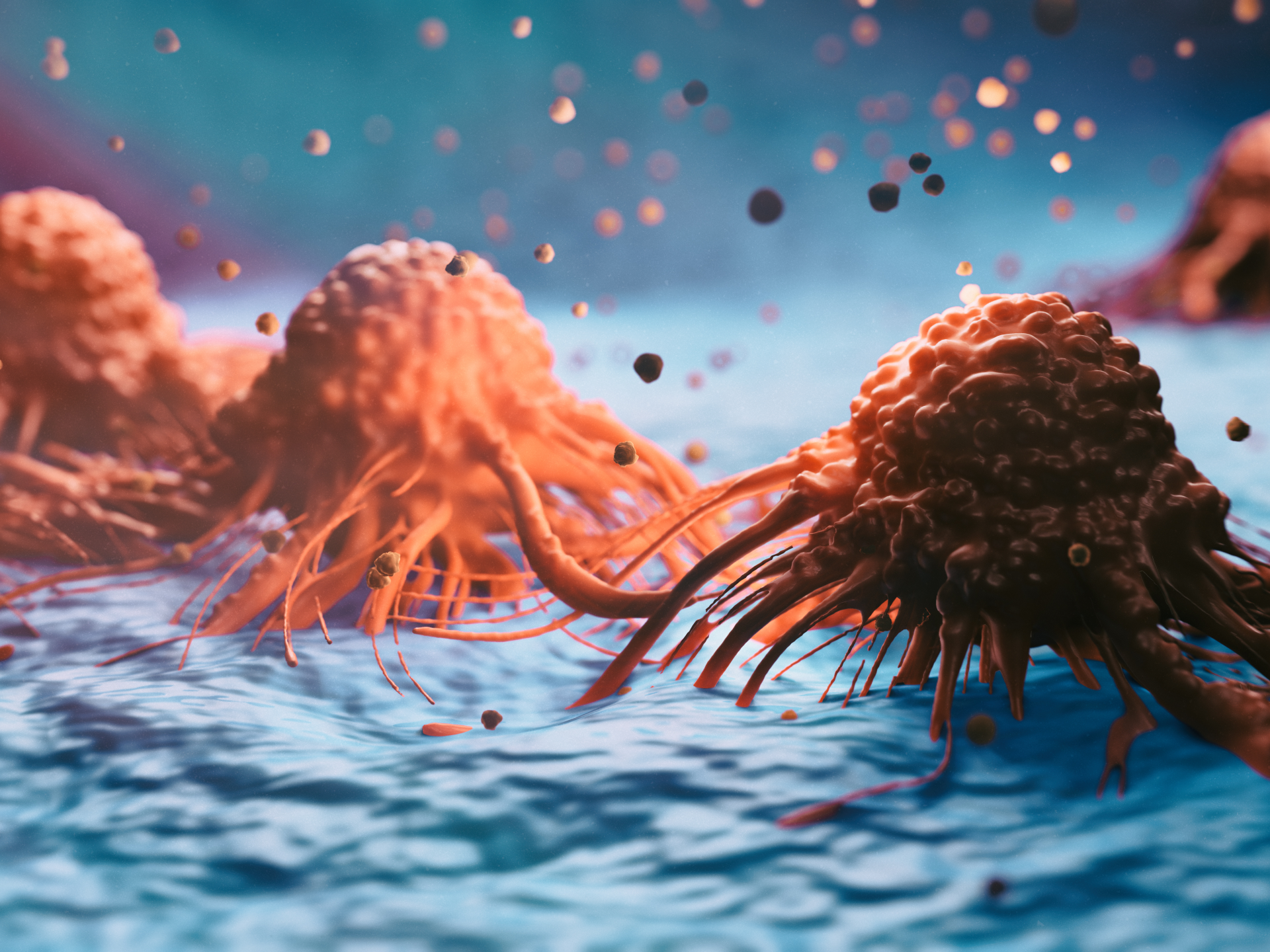Cancer Treatment, Carbon Monoxide Poisoning, and Autophagy: Navigating the Paths to Wellness
In the intricate web of human health, understanding the dynamics of cancer treatment, carbon monoxide poisoning, and the fascinating process of autophagy becomes paramount. Let’s delve into each realm to unravel the complexities and discover the paths to wellness.
I. Introduction
A. Brief Overview
Cancer, a formidable adversary, demands a multifaceted approach for effective treatment. Meanwhile, carbon monoxide poisoning lurks in unexpected corners, posing a silent threat. In the midst of these challenges, autophagy emerges as a natural mechanism crucial for cellular health.

B. Importance of Early Detection
The adage “prevention is better than cure” holds true, emphasizing the significance of early detection in both cancer and carbon monoxide poisoning. Timely intervention can be a game-changer, significantly improving outcomes.
II. Cancer Treatment
A. Traditional Approaches
1. Surgery
Surgical procedures remain a cornerstone in removing localized tumors, offering a direct and effective intervention.
2. Chemotherapy
The use of powerful drugs to target and eradicate cancer cells, albeit accompanied by side effects, is a longstanding method.
3. Radiation Therapy
Harnessing the power of radiation, this therapy aims to destroy cancer cells while minimizing harm to surrounding healthy tissue.
B. Emerging Therapies
1. Immunotherapy
Revolutionizing cancer treatment, immunotherapy empowers the body’s immune system to combat cancer cells selectively.
2. Targeted Therapy
Precision medicine targets specific molecules involved in cancer growth, minimizing damage to healthy cells.
3. Hormone Therapy
Especially effective against hormone-sensitive cancers, this approach alters hormonal levels to impede cancer growth.
III. Understanding Carbon Monoxide Poisoning
A. Causes and Sources
1. Household Appliances
Faulty gas appliances, if not properly maintained, can release carbon monoxide, posing a risk to residents.
2. Vehicles
Poorly ventilated spaces, such as enclosed garages, can lead to carbon monoxide buildup from running vehicles.
B. Symptoms and Detection
1. Common Signs
Recognizing symptoms like headache and nausea is crucial, prompting timely intervention.
2. Diagnostic Tools
Carbon monoxide detectors play a pivotal role in early detection, acting as silent sentinels against this invisible threat.
IV. Autophagy: Nature’s Cleanup Crew
A. Definition and Process
Autophagy, the cellular recycling process, involves breaking down damaged or dysfunctional components, contributing to cellular renewal.
B. Role in Cellular Health
1. Removing Damaged Cells
Autophagy acts as a quality control mechanism, eliminating cells that could become cancerous.
2. Cellular Regeneration
By recycling cellular components, autophagy promotes cellular regeneration, ensuring optimal functioning.
V. The Interconnection
A. Implications for Cancer Treatment
Understanding the interplay between autophagy and cancer opens avenues for novel therapeutic approaches.
B. Autophagy as a Potential Ally
Stimulating autophagy may enhance the body’s ability to combat cancer, presenting a promising frontier in treatment.
VI. Holistic Approaches to Wellness
A. Integrating Cancer Treatments
1. Complementary Therapies
Complementary therapies, such as acupuncture and yoga, can enhance the overall well-being of cancer patients.
2. Lifestyle Modifications
Healthy lifestyle choices, including diet and exercise, complement conventional cancer treatments.
B. Preventing Carbon Monoxide Poisoning
1. Safety Measures
Regular maintenance of appliances and proper ventilation are key in preventing carbon monoxide buildup.
2. Public Awareness
Education campaigns can raise awareness, reducing the incidence of carbon monoxide poisoning.
VII. Personal Stories of Triumph
A. Cancer Survivors
Real-life stories of individuals triumphing over cancer inspire hope and resilience.
B. Overcoming Carbon Monoxide Poisoning
Narratives of survival underscore the importance of awareness and prompt action.
VIII. Future Directions in Treatment
A. Advancements in Cancer Research
Ongoing research promises breakthroughs, unveiling new dimensions in cancer treatment.
B. Technology and Early Detection
Innovative technologies, like liquid biopsies, offer hope for early cancer detection, revolutionizing prognosis.
IX. Conclusion
In the ever-evolving landscape of healthcare, embracing diverse strategies for cancer treatment, preventing carbon monoxide poisoning, and harnessing the power of autophagy unveils a holistic approach to wellness. As we navigate these paths, stories of triumph, advancements in research, and a commitment to early detection illuminate the way forward.
Frequently Asked Questions (FAQs)
- How can I reduce the risk of carbon monoxide poisoning in my home?
- Regular appliance maintenance and proper ventilation are essential in preventing carbon monoxide buildup.
- What are the common side effects of traditional cancer treatments?
- Traditional cancer treatments, such as surgery, chemotherapy, and radiation therapy, may cause side effects like fatigue, nausea, and hair loss.
- Is immunotherapy suitable for all types of cancer?
- While promising, immunotherapy may not be effective for every cancer type. Consultation with a healthcare professional is crucial for personalized treatment plans.
- How does autophagy contribute to overall cellular health?
- Autophagy plays a vital role in cellular health by removing damaged components and promoting cellular regeneration.
- Where can I find more information on emerging cancer treatments?
- Stay updated with reputable medical sources, research journals, and consult with healthcare professionals for the latest information on emerging cancer treatments.









